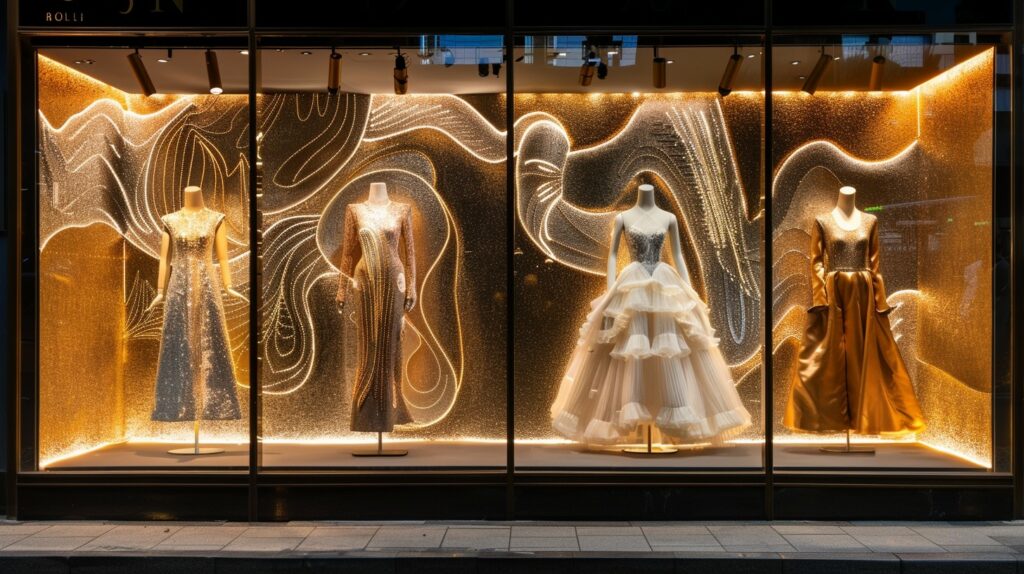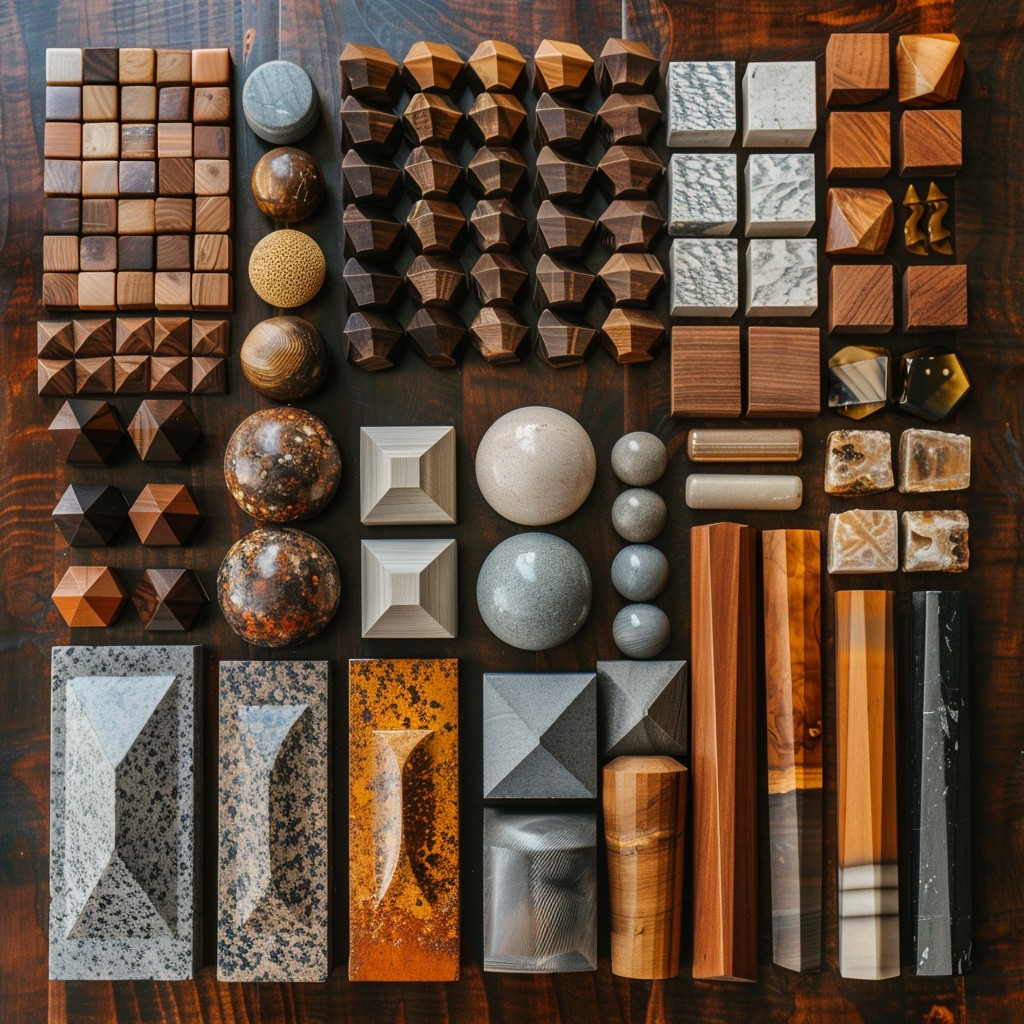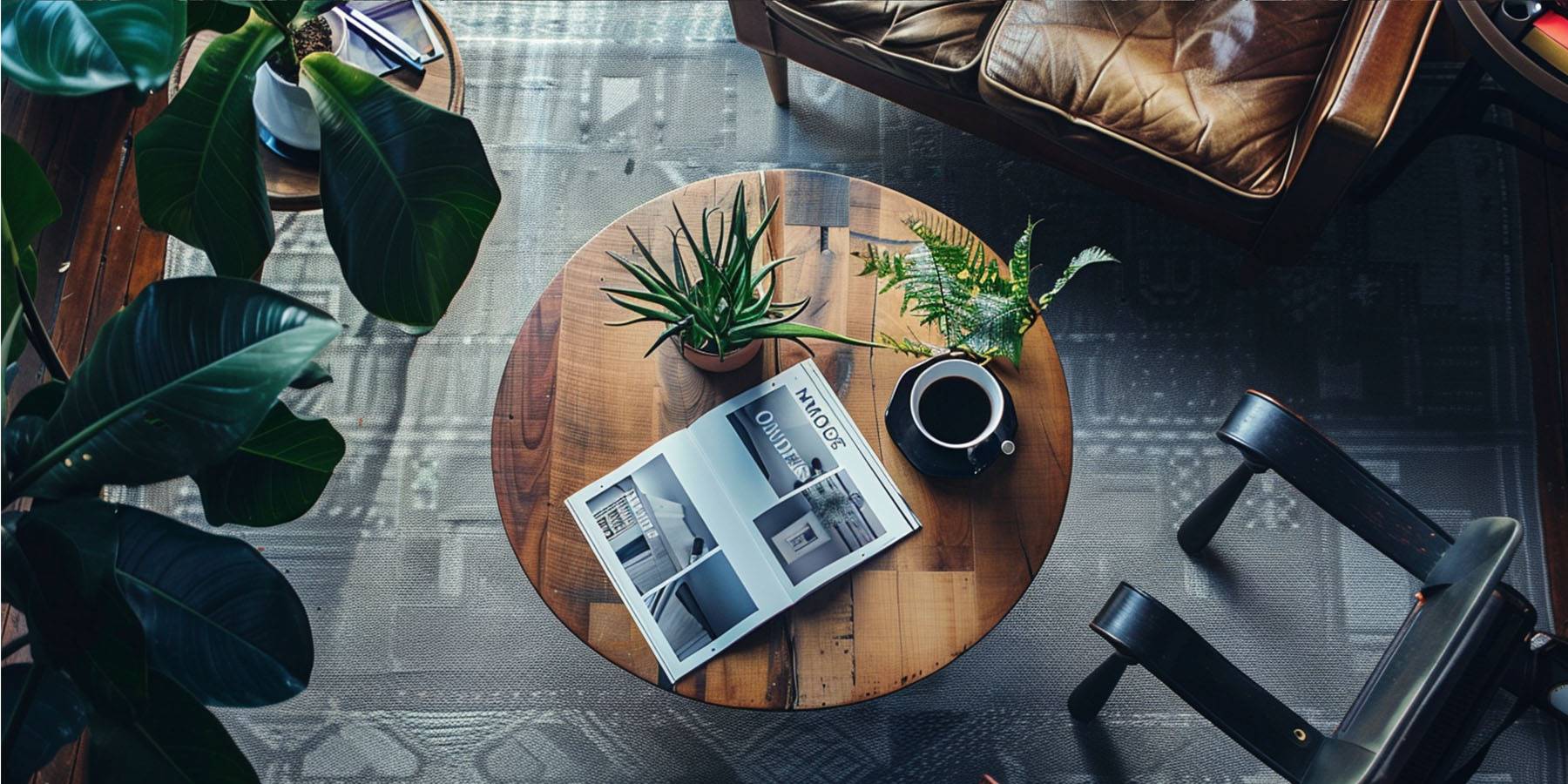In the digital age, where visual content reigns supreme, selecting the right cover image for your article is essential for capturing readers’ attention, conveying the essence of your content, and enhancing its overall appeal. A well-chosen cover image can entice readers to click, engage with your content, and share it with others. In this comprehensive guide, we’ll explore the factors to consider when choosing a cover image for your architecture article, ensuring it effectively communicates your message and resonates with your audience.
1. Contextual Relevance
The cover image should be directly relevant to the content of your article, providing readers with a visual preview of what to expect. Consider the main theme, topic, or subject matter of your article and choose an image that reflects it accurately. For example, if your article discusses sustainable architecture, a cover image featuring a green building or renewable energy sources would be appropriate.
2. Visual Appeal
Opt for a visually striking and aesthetically pleasing image that grabs readers’ attention and encourages them to explore further. Choose images that are high-quality, well-composed, and visually engaging, with vibrant colors, interesting textures, or captivating architectural elements. Avoid cluttered or busy images that may distract or overwhelm viewers.
3. Emotional Impact
Select a cover image that evokes emotion and resonates with your audience on a deeper level. Whether it’s awe, inspiration, curiosity, or nostalgia, aim to elicit an emotional response that draws readers in and compels them to engage with your article. Images featuring human interactions, emotive scenes, or iconic landmarks can evoke powerful emotions and create a memorable impression.
4. Brand Consistency

Ensure that the cover image aligns with your brand identity and reinforces your brand message. Choose images that reflect your brand’s values, aesthetic style, and unique identity. Consistency in visual branding helps to strengthen brand recognition and build trust with your audience. Incorporate your brand colors, logo, or visual motifs where appropriate to maintain brand consistency across all your content.
5. Composition and Layout

Consider the composition and layout of the cover image to ensure it is visually appealing and effectively communicates your message. Pay attention to elements such as framing, perspective, and focal points to create a balanced and harmonious composition. Experiment with different cropping and framing techniques to highlight key features or focal points of the image.
6. Audience Preferences
Take into account the preferences and tastes of your target audience when selecting a cover image. Consider the demographics, interests, and preferences of your audience and choose images that resonate with their interests and preferences. Conducting audience research or analyzing engagement metrics can provide valuable insights into what types of images resonate most with your audience.
7. Ethical and Legal Considerations
Respect copyright laws and intellectual property rights when sourcing images for your cover. Ensure that you have the appropriate permissions or licenses to use the image and give proper credit to the photographer or source. Avoid using images that infringe on copyright or violate ethical standards. Opt for images from reputable sources or consider using royalty-free stock images to avoid legal issues.
In conclusion, the selection of a cover image for your architecture article is a pivotal step in engaging your audience and setting the tone for your content. By meticulously considering elements such as context, visual allure, emotional resonance, brand alignment, compositional integrity, audience preferences, and ethical sourcing, you can ensure that your chosen image not only captivates but also effectively communicates the essence of your article. Let your cover image serve as a compelling invitation to explore the richness and depth of your architectural insights, leaving a lasting impression on your readers and inspiring them to delve deeper into your content.






